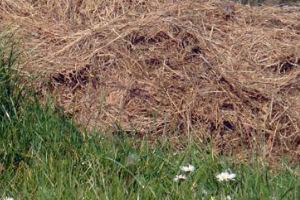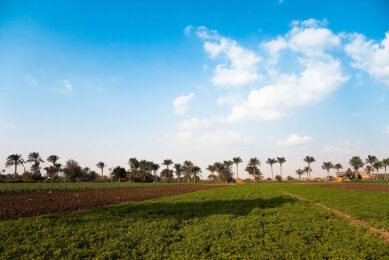High-forage diets growing popular

A trend toward using high-forage diets to help lower feed costs is continuing among northeastern US dairies, say two researchers who have studied the practice.
Diets containing more than 55-60% forage – even up to 80% – can also maintain high milk production, utilise nutrients efficiently and contribute to herd health, says Heather Dann, a research scientist with The Miner Institute, Chazy, NY.
She and Larry Chase, Cornell University animal scientist, offer several suggestions on how to successfully transition herds to higher-forage rations.
“One of the key things to make high-forage diets work is having proper forage inventory management,” Dann says. The rations generally require 15-40% more tonnage, and producers may need two or three years to adjust crop rotations, figure out how much acreage is needed and switch hybrids or varieties in order to build adequate inventories.
“Some of the hybrids are going to be more digestible and may be lower-yielding, so taking that into account when you factor in acres is critical,” she adds.
For the past six or seven years, Chase has been observing and surveying dairies that feed forage-dominant rations. At this point, he’s tracking more than 30 herds that have switched.
Many are using conventional or brown midrib (BMR) corn silage as their major forage with legume or perennial grass silage. BMR usually offers higher digestibility than most conventional corn silage. “But people are using other feeds and doing quite well also,” Chase says.
Grass-based high-forage diets can work, Chase and Dann say, but grasses have lower rates of digestion than corn silage-based diets. They are “viable options” grown on ground not suited for silage corn or alfalfa.
To read more go to Hay & Forage Grower












